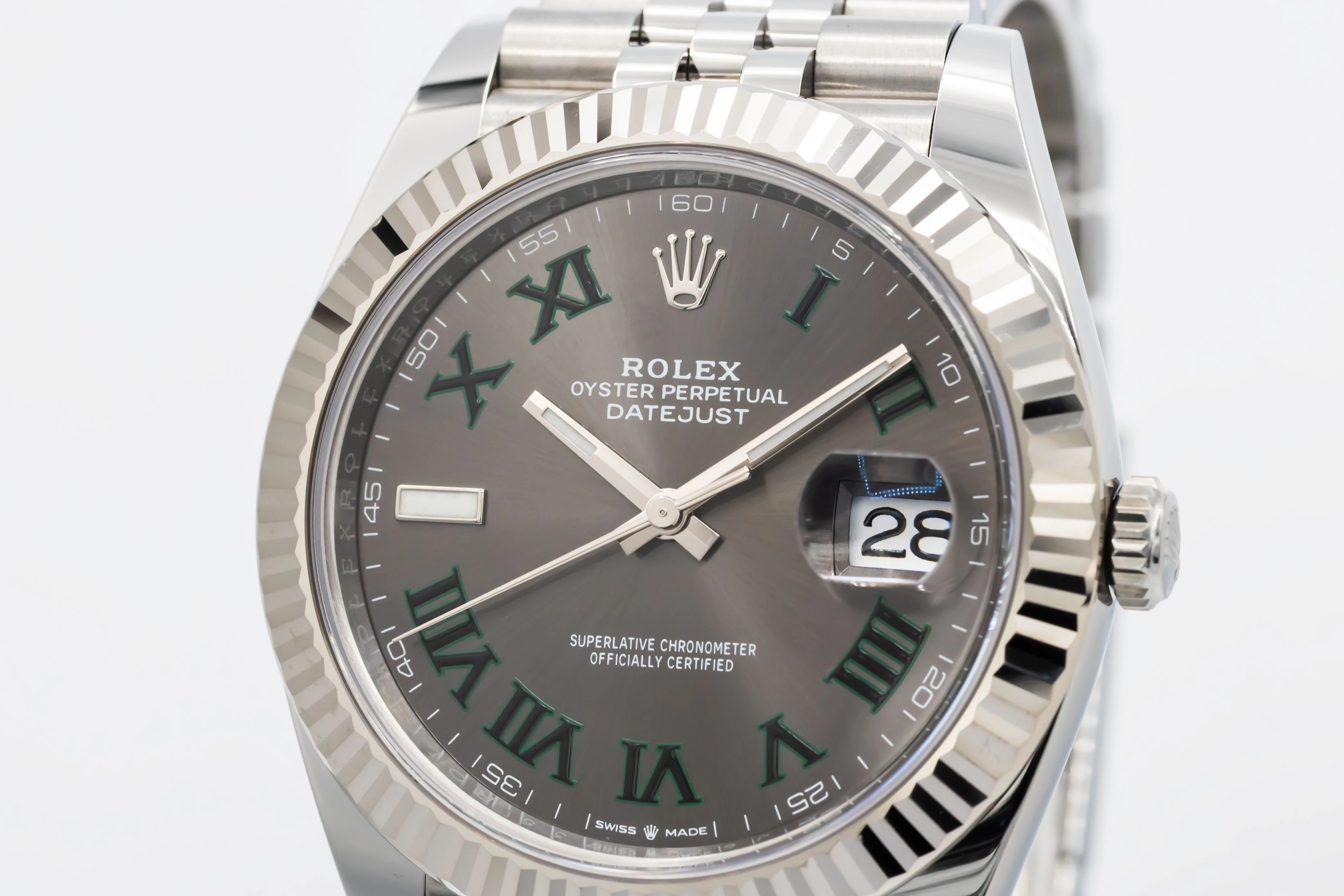




Most revolutions start with something small.
In 1945, Rolex introduced the Datejust with a feature so simple it's easy to miss: a date window at 3 o'clock. But this wasn't just another dial element. It was the first self-winding wristwatch to display the date through a window that automatically changed at midnight.
Before this, date complications existed. They were complex, expensive, and reserved for elite collectors. Movado had introduced date windows in 1915, and Mimo created a traditional 3 o'clock placement in the 1930s. But these were manual affairs requiring adjustment, and they weren't integrated into automatic movements accessible to everyday consumers.
The Datejust's mechanism used a 31-marking disc that advanced precisely at midnight. No gradual rollover. No manual intervention. The wearer went to sleep on the 15th and woke up on the 16th without touching the crown.
We're talking about democratization of technology that was once exclusively high-end horology.
The original reference 4467 was limited to around 1,000 pieces, initially sold in partnership with Swiss newspaper Tribune de Genève. The scarcity made it collectible, but Rolex quickly abandoned the limited-edition approach. They recognized they'd created something universally useful.
By 1954, Rolex introduced the Cyclops magnifying lens over the date window. This provided 2.5x magnification, transforming legibility. What started as functional innovation became an aesthetic signature so iconic that the Cyclops itself became synonymous with Rolex design language.
The refinements continued. In 1955, the date change became truly instantaneous rather than a slow transition. This precision mattered to users who checked their watches at midnight and expected mechanical certainty.
Fast forward to 2016. Rolex introduced the Caliber 3235 movement, replacing over 90% of the predecessor's components. This new movement includes 14 patents, a 70-hour power reserve, and improved resistance to shocks and magnetic fields. The date window remains, but the mechanism beneath it represents decades of iterative engineering.
The Datejust maintained its 36mm core design while spawning variations across sizes and materials. Yet the date window at 3 o'clock persisted as the defining element.
We can trace the Datejust's influence across nearly every watch brand that followed. The date window became expected rather than exceptional. What Rolex pioneered as innovation became industry standard, the baseline feature consumers assumed would exist on any serious timepiece.
Winston Churchill wore one. So did Dwight Eisenhower and Martin Luther King Jr. The Datejust marked dates of historical significance on the wrists of people making history.
Here's what we should consider: What would modern watchmaking look like if Rolex hadn't introduced this date window in 1945?
Would another manufacturer have eventually created something similar? Probably. But timing matters in innovation. The post-WWII moment, when wristwatches were exploding in popularity among civilians, created the perfect conditions for a practical innovation to become universal.
The date window didn't just add functionality. It redefined what consumers expected from the object on their wrist. It transformed watches from pure timekeepers into daily tools that oriented wearers in both time and date with zero cognitive load.
That's the legacy we're examining when we look at any modern watch with a date window. We're seeing an innovation so successful it became invisible through ubiquity.
Visit us in store for great service and to see our amazing collection.
114 Ballards Lane, Finchley, London N3 2DN 020 8838 3655
